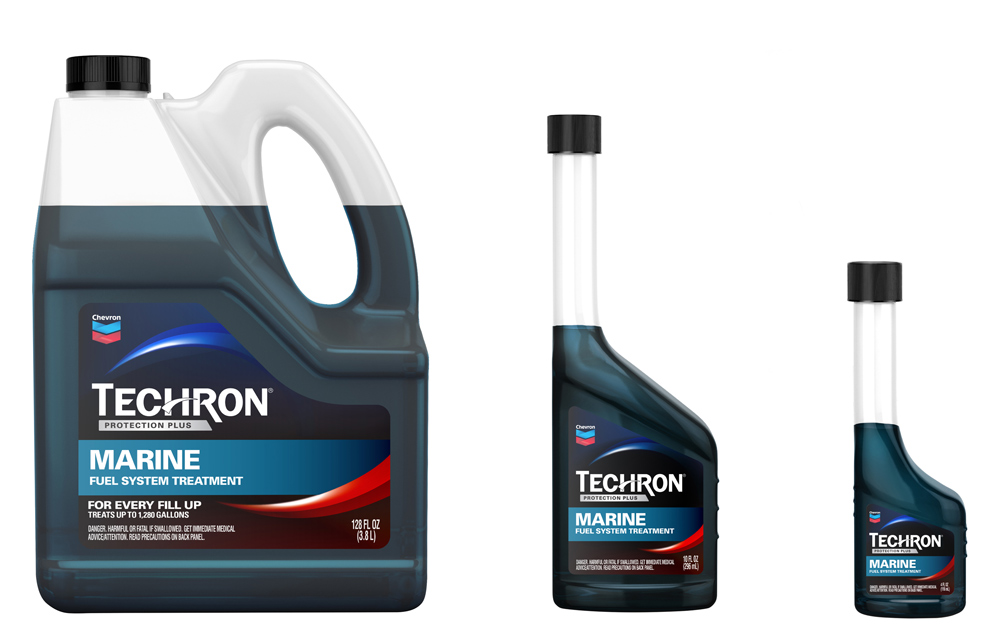How to Winterize Your Boat’s Fuel System: A Not-Awfully-Annoying Advertorial Article That You’ll Hopefully Find Helpful.
We here at FishTalk believe that the very best way to winterize a boat and its fuel system is to keep using it through the entire winter, fishing right through blizzards, ice storms, and deep-freezes. That said, we also understand that it takes a rare and dedicated angler to fish on those days when you have to actually warm the catch instead of icing it down, in order to enjoy fresh rather than frozen fish at the end of the day. And truth be told, in the next few months 95-percent of us will furrow our brows and admit to ourselves that at least for the near future, our boats will be sitting on dry land. When this becomes the case, winterizing your fuel system is just as important as winterizing the engine and the head. You say you’re not sure how to get the job done? Never fear, dear reader – Techron Marine, the manufacturer of a new fuel additive that’s ideal for winter storage (as well as for use throughout the season to keep your engine running smooth), ponied up to get our help in spreading the word about winterizing fuel systems in a hopefully helpful manner. Let’s start with this video.
Reality check: winterizing your fuel system is important, sure, but winterizing the boat’s head actually takes priority. Have you ever forgotten about a full Porta-Pottie and left it aboard, after pulling and shrink-wrapping your boat? We have. Trust us, after that pottie freezes, pops, thaws, and then percolates all spring, you’ll agree that a blown powerhead or a spring sinking might not be the most tragic result of sub-par winterizing techniques. Still, that said, you obviously want Mom’s Mink to crank right up and run strong next spring. So let’s do a quick recap on how to handle that fuel system:
1. Fill up the tanks with fresh, quality fuel. You don’t want to let the tanks sit all winter long with a lot of air inside them, or condensation can form.
2. Change your fuel-water separator. If there’s any visible water in the bowl, be sure to drain that out.
3. Add the recommended amount of fuel stabilizer. In this case we’re going to call out Techron Marine (shocker!!) since they chipped in to pay for this whole project, which means that we don’t have to live off of Raman and potatoes all month. More importantly, as far as we can tell this stuff works great. The boat you saw in the video has been running with Techron Marine in the tanks for months now, we’ve had zero ethanol issues, and the engines have been humming right along the entire time.
4. Run the engines long enough to burn all the old fuel through the lines and out of the engines.
5. Don’t forget to pull out the Porta Pottie!!!

As for the other aspects of winterizing a boat, be sure to check out 10 Winterizing Disasters: Don’t Do This!